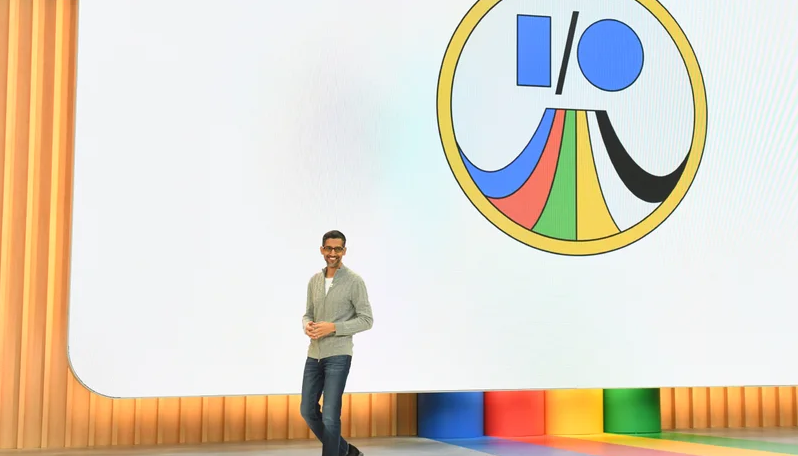Google’s annual developer conference, Google I/O, kicked off on Wednesday, May 10, with a keynote speech from CEO Sundar Pichai and other executives. The event, which was livestreamed on YouTube, showcased the company’s latest innovations in AI, hardware and software.
One of the highlights of the keynote was the announcement of the Pixel Fold, Google’s first foldable phone. The device, which will be released later this year, features a flexible OLED screen that can fold in half to fit in a pocket or unfold to a tablet-sized display. The Pixel Fold will run on Android 12 and support multitasking and split-screen modes.
Google also unveiled the Pixel 7a, a budget-friendly smartphone that offers many of the features of the

flagship Pixel 7, such as a 6.2-inch OLED screen, a 12-megapixel rear camera and a 5G connectivity. The Pixel 7a will cost $349 and will be available in June.
Another hardware product that Google introduced was the Pixel Tablet, a hybrid device that can switch between a laptop and a tablet mode. The Pixel Tablet has a 12.3-inch touchscreen that can detach from a magnetic keyboard and a kickstand. The device also comes with a stylus pen that can be used for writing and drawing on the screen. The Pixel Tablet will run on Chrome OS and will be compatible with Android apps.
On the software front, Google showcased its advancements in AI and how it is making its products more helpful for users. Pichai said that Google is using generative AI, a type of AI that can create new content from scratch, to reimagine its core products such as Search and Gmail.
For example, Google launched “Help me write” in Gmail, a feature that uses a powerful generative model to draft full emails based on a user’s prompt. The feature can also refine the email based on the user’s feedback and preferences.
Google also updated its Bard AI chatbot, which can have natural conversations with users on various topics. The new version of Bard can show more images and maps, have more personality and humor, and even sing songs. Google opened up Bard to everyone and invited users to try it out.
Another AI innovation that Google unveiled was PaLM 2, its answer to OpenAI’s GPT-3, a massive language model that can generate coherent texts on any topic. PaLM 2 is trained on billions of web pages and can perform various tasks such as summarizing articles, answering questions and writing code. Google said that PaLM 2 will be available for researchers and developers soon.
Google also demonstrated how it is using AI to improve its search engine, which handles billions of queries every day. The company launched SGE (Search Generative Engine), a new way of searching that uses generative AI to create relevant results based on the user’s intent. SGE can also generate new web pages that do not exist yet but match the user’s query.
Google said that SGE is still in beta and users can sign up for it on its website. The company also said that it is working on watermarking AI-generated images to distinguish them from real ones.
Google I/O 2023 will continue until Friday, May 12, with more sessions and workshops for developers and enthusiasts. The event is expected to attract millions of viewers online who are eager to see what Google has in store for the future.










